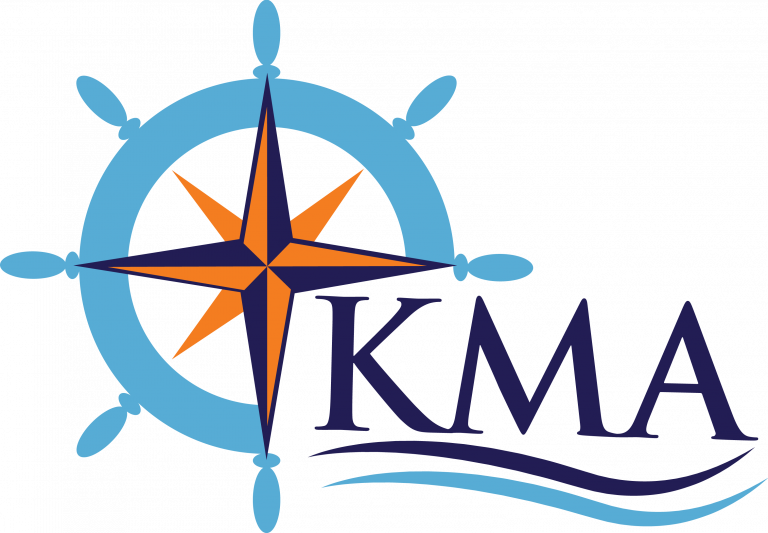The protection of the marine Environment and safe use of our waters is everyone’s responsibility. Kenya Maritime Authority in its mission continues to ensure that ship and offshore installation source pollution threats and risks are minimized so as to reduce impact on marine environment appreciating that Kenya and its economic interest are integrally linked to pristine, clean and safe oceans.

To prevent and control pollution from ships a wide range of legislation has been developed at the international level, through the International Maritime Organization (IMO), and at country level where the reduction of pollution from shipping is an integral part of Kenya’s Maritime Authority since its beginning, in 2004.
Our objective is to regulate ship and offshore installation sources pollution in all Kenyan navigable waters for safe navigation and protection of the marine environment.
To reduce the risk of marine pollution from ships, KMA provides technical assistance regarding implementation, monitoring, development and evolution of relevant Kenyan and international legislation. The three main areas of work currently include different aspect of oil and HNS spills, sewage and garbage from ships, ballast water management, offshore structures source pollution, the reception and handling of ships’ waste.
Pollution prevention
Kenya has ratified several conventions in effort to regulate the ship source pollution;
The MARPOL, 1973 Convention addresses pollution from ships by oil; by noxious liquid substances carried in bulk; harmful substances carried by sea in packaged form; sewage, garbage; and the prevention of air pollution from ships.
The International Convention on Oil Pollution Preparedness, Response and Co-operation 1990 (OPRC 90) is the international instrument that provides a framework designed to facilitate international co-operation and mutual assistance in preparing for and responding to major oil pollution incidents and requires States to plan and prepare by developing national systems for pollution response in their respective countries, and by maintaining adequate capacity and resources to address oil pollution emergencies. Most importantly, OPRC 90 and OPRC-HNS Protocol 2000 provide the mechanism for Parties to request assistance from any other state Party, when faced with a major pollution incident.
International Convention relating to Intervention on the High Seas in Cases of Oil Pollution Casualties, 1969 which provides for intervention in the deep sea incase pollution in the high sea is likely to cause pollution in our territorial sea to prevent, mitigate or eliminate grave and imminent danger to the coastline or related interests from pollution or threat of pollution of the sea by oil or substances other than oil, following upon a maritime casualty or acts related to such a casualty, which may reasonably be expected to result in major harmful consequences.
Convention on the prevention of Marine pollution by Dumping of Wastes and other matter 1972 (London Convention, 72) which aims to prevent, reduce and where practicable, eliminate pollution caused by dumping or incineration at sea of wastes.

National Marine Spills Response Contingency Plan
Contingency plan is a document which outlines the procedure for enabling effective response to marine spills (oil and HNS) incidents. The Kenya Maritime Authority (KMA) manages the National Plan, working with OSMAG, KPA and oil companies to maximize Kenya’s marine pollution response capability. The plan outs the procedure to be followed incase an oil spill occur, responsibility of each oil spill response action team, contacts of the personnel to be conducted in case of an oil spill and waste management after oil spill clean up is completed. The Contingency plan is updated after every two years or after a major clean up.
What we do
- Implementation of the International Maritime Organization (IMO) marine environment protection conventions and other national and regional instruments relating to prevention of pollution in Kenyan navigable waters by waterborne transport activities.
- Managing, maintaining, exercising and periodically reviewing and updating the national marine oil/HNS spill response contingency plans.
- Coordinate oil spill response drills and exercises.
- Conducting pollution inspections of Kenyan ports and navigable waterways.
- Conducting public awareness campaigns on ship source and land based oil/chemical pollution.
- Keeping records of oil spill incidents.
- Undertaking surveillance, monitoring and preventing oil spills and other harmful substances at sea and inland waters.
- Carrying out environmental impact assessment on offshore projects and review of environmental impact assessment reports.
- Documentation of the cost of responding to oil/chemical spills in Kenyan navigable waters.
- Overseeing the exploration and exploitation of offshore developments projects in Kenyan navigable waters.
Our partners
- National Environment Management Authority (NEMA)
- Oil Spill Mutual Aid Group (OSMAG)
- Kenya Wildlife Service (KWS)
- Fisheries Department
- The Kenya Navy
- National Disaster Operations Center(NDOC)
Documents
- Marine pollution (shipping operations) bill, 2014
- National marine spills contingency plan
- Oil Dispersant Use Policy
- Oil Spill Notification form
- Requirements on offshore oil and gas exploration
